Ford, a renowned automobile manufacturer, faced a significant challenge with its spark plug design in specific models. These issues caused a great deal of inconvenience for vehicle owners and resulted in numerous complaints. This article aims to shed light on the year Ford resolved this problem, restoring the trust of consumers and reaffirming the company’s commitment to quality and reliability.
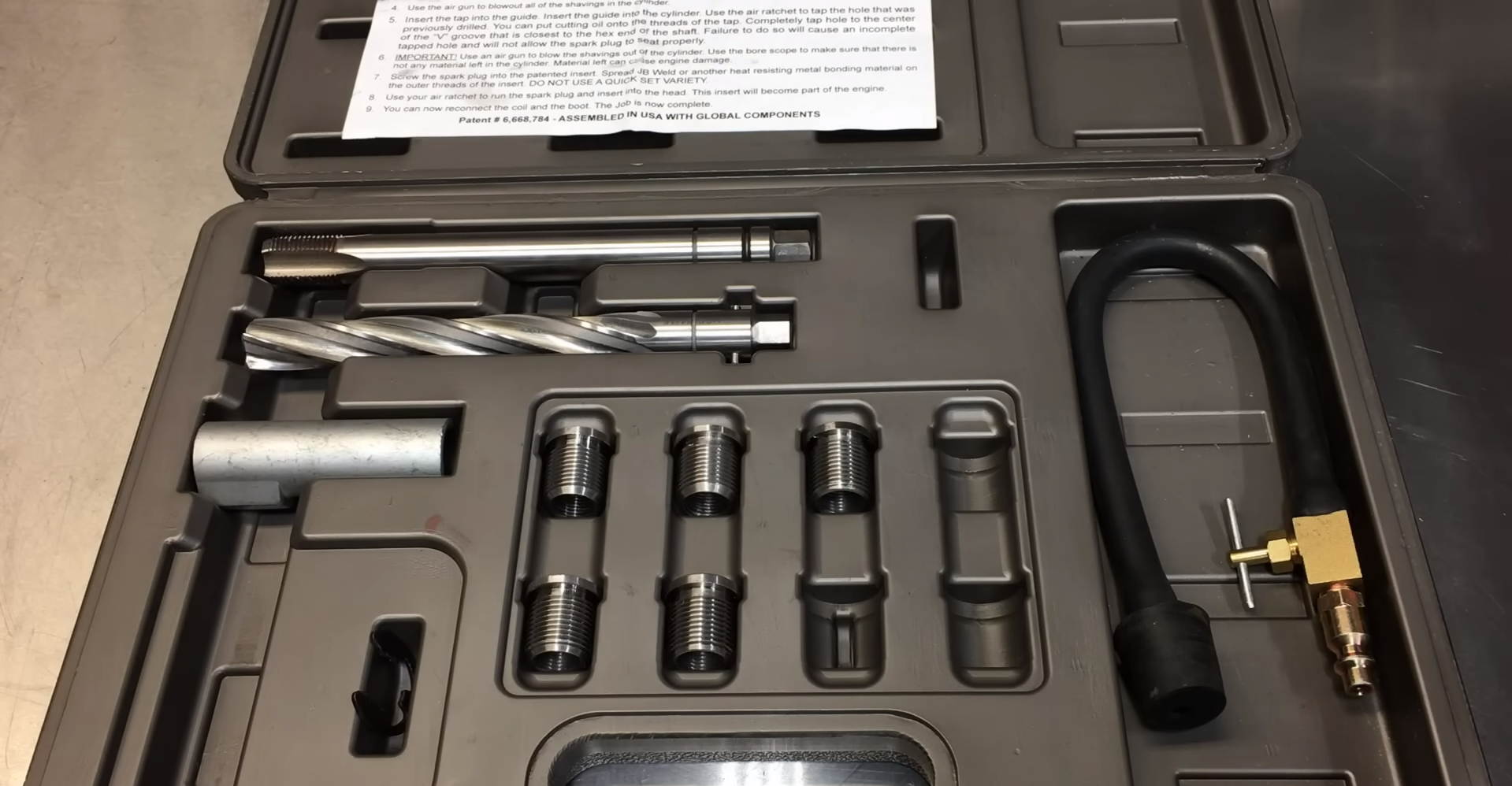
Which Year Did Ford Fix the Spark Plug Problem
Ford addressed the spark plug issue in 2008. Previous models, particularly the 4.6-liter, 5.4-liter, and 6.8-liter 3-valve engines produced from 2004 to 2007, were prone to issues with the spark plugs getting stuck or breaking. The problem was due to the design of the spark plugs, which extended deep into the engine and were held in place by a single piece of metal. When owners or mechanics attempted to remove these spark plugs for regular maintenance, they often broke, causing significant engine damage. In 2008, Ford revised the spark plug design to a more conventional and reliable one, significantly reducing the occurrence of these problems. [1]
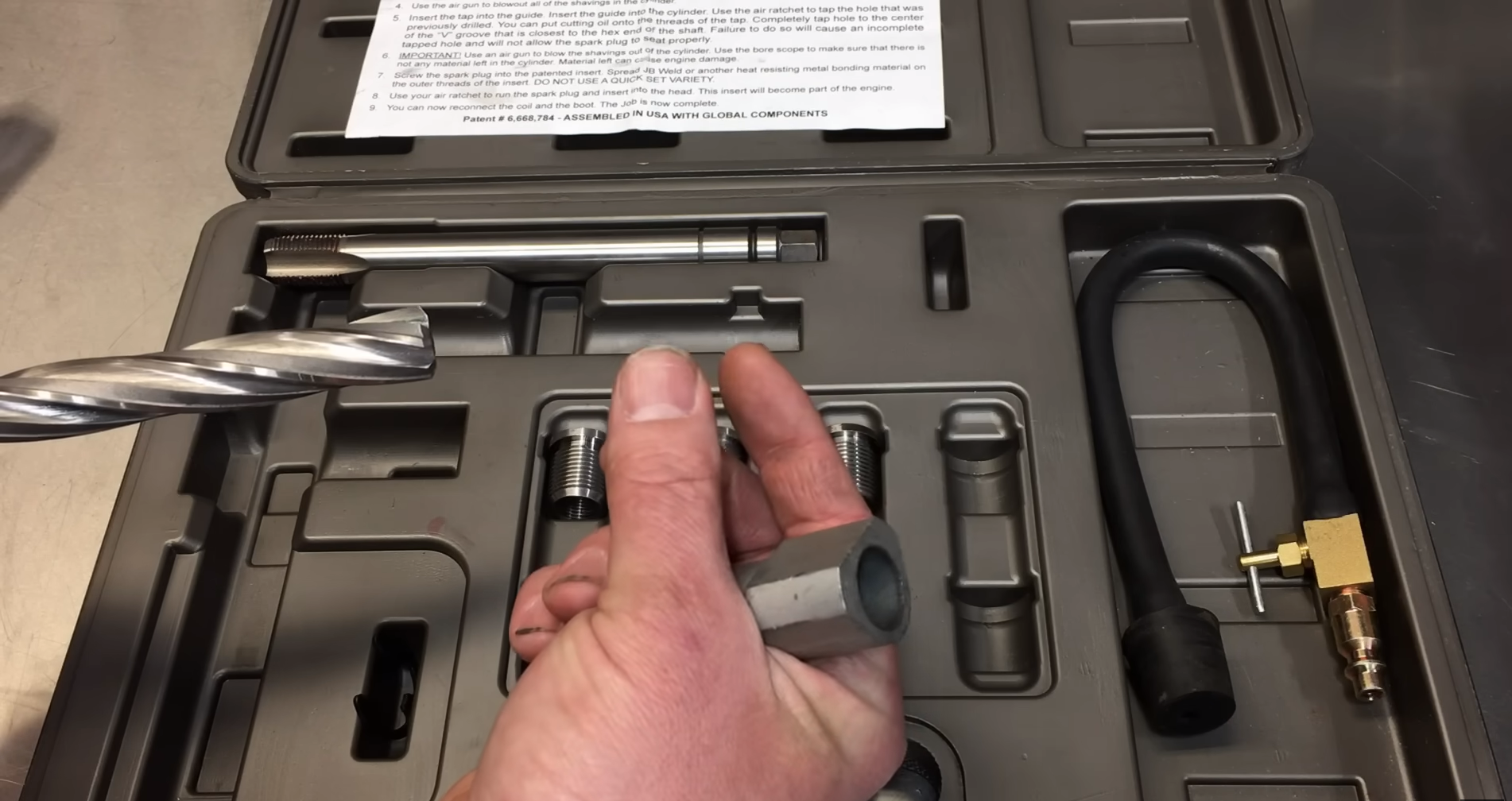
Modular Motors with Spark Plug Problems to Watch Out For
If you’re considering purchasing a used Ford vehicle, it’s essential to be aware of the models that were most affected by the spark plug issue. These include Ford models with the 4.6L, 5.4L, and 6.8L 3-valve modular engines made from 2004 to 2007. Models such as the Ford Expedition, F-150, Mustang, Explorer, and Mercury Mountaineer of these specific years are prone for these problems with glow plugs. It’s advisable to either avoid these models or ensure that the spark plugs have been successfully changed and the design flaw addressed before purchasing. [1]
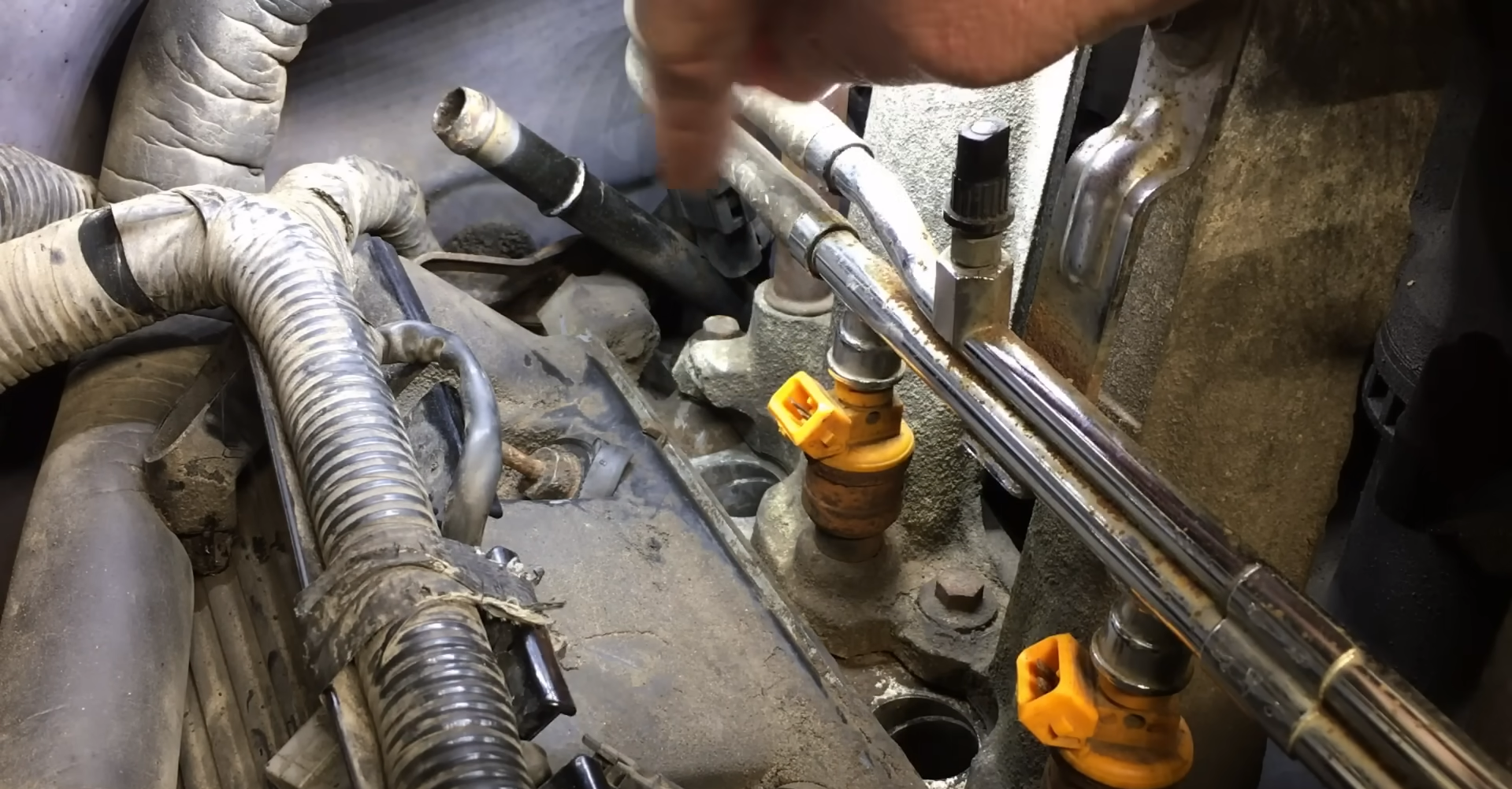
Common Troubles With Defective Ford Plugs
The issues with Ford’s defective glow plugs, particularly in the models manufactured between 2004 and 2007, led to a host of problems for vehicle owners. The most prevalent complication was the spark plugs becoming stuck or breaking off during replacement, necessitating costly and complex repairs. When a spark plug broke, it often resulted in damage to the cylinder head, causing the vehicle to misfire or lose power. More severe cases led to complete engine failure, posing significant safety risks while driving. Additionally, owners faced considerable inconvenience due to the frequent need for maintenance and repairs. These issues tarnished Ford’s reputation for reliability and led to numerous complaints from disgruntled owners. [1]
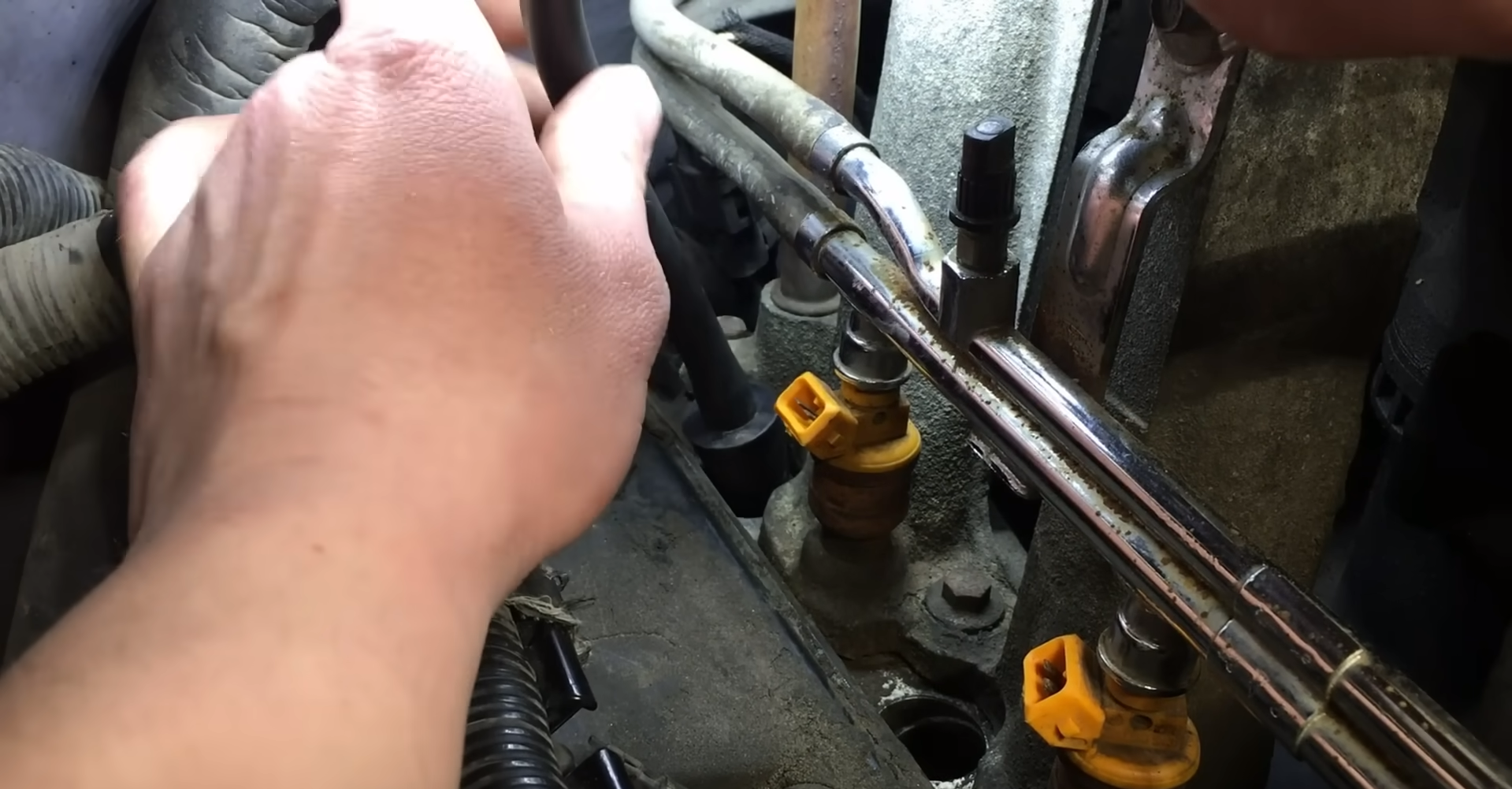
Change Now Or Later?
When dealing with these defective plugs in Ford’s affected 2004 to 2007 models, the question often arises – should the spark plugs be changed now or later? The issue is a double-edged sword. Changing the spark plugs early could prevent future engine damage caused by breakage during the replacement process. However, it also risks causing the very damage you’re trying to avoid, as the spark plugs are likely to break during removal due to the engine’s design flaw. On the other hand, waiting could lead to spark plug failure and consequent engine damage. Ultimately, the decision should be made based on the vehicle’s current state and professional advice from a mechanic familiar with these specific Ford engine issues. [2]
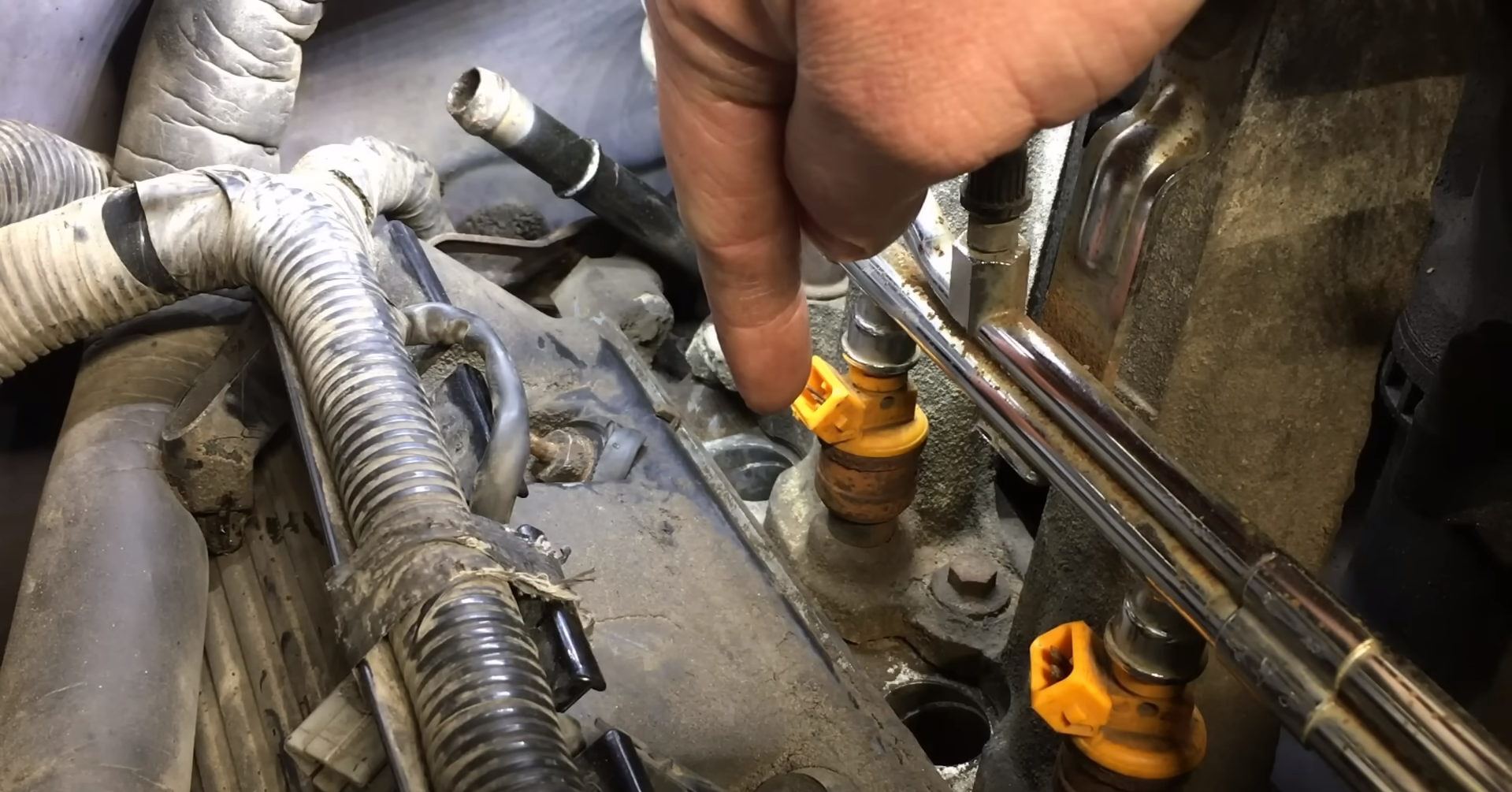
Strategy and Tactics for a Successful Change
When grappling with the issue of changing broken glow plugs in 2004-2007 Ford models, a well-planned strategy and a specific set of tactics are necessary for a successful change. First and foremost, consult with a mechanic experienced with these Ford engines. Their expertise will be invaluable in assessing the current condition of the engine and deciding the appropriate time for spark plug replacement.
Tactically, consider using a specialized tool designed to remove the spark plugs from these specific engines. These tools lessen the risk of spark plug breakage during removal, reducing the potential for engine damage. Additionally, it can be beneficial to perform the replacement process when the engine is warm. The heat causes the engine metal to expand, allowing for easier removal of the spark plugs.
Finally, always replace the old spark plugs with the revised design introduced by Ford in 2008. These spark plugs have proved to be more reliable and significantly mitigate the risk of future issues. With these strategic and tactical approaches, spark plug replacement in these Ford models can be executed successfully, preventing further engine damage and enhancing vehicle performance. [2]
FAQ
What year Ford was bad for spark plugs?
The Ford models that were notorious for having problems with their spark plugs were primarily those manufactured from 2004 to 2007. These vehicles, specifically equipped with Ford’s 4.6L, 5.4L, and 6.8L 3-valve engines, had a spark plug design that was unfortunately prone to getting stuck or breaking during replacement. This design flaw presented significant concerns, as broken spark plugs could potentially cause substantial engine damage, leading to engine failure in more severe cases.
Among the models affected by this issue during those years were the Ford Expedition, F-150, Mustang, Explorer, and Mercury Mountaineer. Owners of these vehicles encountered frustrating challenges when it came to maintaining and replacing spark plugs, often requiring professional assistance or specialized tools. This issue persisted until 2008 when Ford finally acknowledged and addressed the problem, revising the spark plug design to enhance reliability and drastically reduce the occurrence of these problems.
With the revised spark plug design, Ford aimed to provide a more seamless ownership experience for their customers, ensuring smoother maintenance and reducing the risk of costly repairs. This improvement not only brought peace of mind to Ford owners but also contributed to the overall reputation and reliability of their vehicles.
What year did Ford stop using 2 piece spark plugs?
In 2008, Ford made a significant change by discontinuing the use of 2-piece spark plugs. These spark plugs had been the cause of various issues in the 4.6L, 5.4L, and 6.8L 3-valve engines manufactured between 2004 and 2007. The two-piece design, with its extended reach into the engine and a single piece of metal holding the spark plug in place, proved to be problematic during replacement. It often led to spark plugs getting stuck or breaking, causing frustration for both mechanics and vehicle owners alike.
To address these challenges, Ford took a proactive step by transitioning to a more conventional and reliable one-piece spark plug design starting in 2008. This change significantly reduced the likelihood of encountering problems during spark plug replacement, providing a more seamless and hassle-free experience for maintenance and repairs. By investing in this improvement, Ford demonstrated their commitment to enhancing the overall reliability and performance of their vehicles.
With this transition, Ford ensured that their customers could enjoy a smoother ownership experience, reducing the inconvenience and potential costs associated with spark plug issues. This change not only resolved the immediate problem but also laid the foundation for improved longevity and ease of maintenance in future models.
In summary, Ford’s decision to discontinue the use of 2-piece spark plugs in 2008 was driven by a desire to address the reliability issues faced by their 4.6L, 5.4L, and 6.8L 3-valve engines. By adopting a more conventional one-piece spark plug design, Ford significantly minimized the chances of spark plug-related complications during replacement, thus enhancing the overall ownership experience for their customers.
What year did Ford V10 have spark plug problems?
The Ford V10, particularly the 6.8L 3-valve version, experienced spark plug issues that were similar to those found in other Ford models of the same era. These issues were particularly prevalent in models manufactured between 2004 and 2007. During this time, the engines utilized a two-piece spark plug design that was unfortunately prone to becoming stuck or breaking during replacement, leading to significant engine damage.
Recognizing the severity of the problem, Ford took action and revised the spark plug design in 2008, implementing changes that effectively addressed the issue and notably improved the situation. As a result, the occurrence of spark plug-related problems in Ford V10 engines from these later years was significantly reduced.
If you are considering purchasing a Ford V10 from the 2004-2007 period, it is crucial to verify whether the spark plug update has been performed. This simple step can help you avoid potential engine problems and ensure a more reliable vehicle ownership experience.
Which Ford engine has spark plug issues?
The Ford engines that experienced spark plug issues were the 4.6L, 5.4L, and 6.8L 3-valve engines equipped in models manufactured between 2004 and 2007. These engines had a flawed two-piece spark plug design that often led to the plugs getting stuck or breaking during replacement. As a result of this design flaw, it caused significant engine damage, including misfires and reduced performance. In more severe cases, it even resulted in complete engine failure, leaving vehicle owners stranded.
Notably, the models most affected by these problems were the Ford Expedition, F-150, Mustang, Explorer, and Mercury Mountaineer. These popular models faced a high incidence of spark plug issues due to this design flaw, causing frustration and costly repairs for many owners.
However, Ford recognized the seriousness of this problem and took steps to resolve it. In 2008, they revised the spark plug design, addressing the issues and improving reliability significantly. The new design eliminated the two-piece design, providing a more robust and reliable solution. As a result, the occurrence of spark plug problems reduced significantly, providing peace of mind to Ford owners and ensuring a smoother driving experience.
Does the Ford 6.2 have spark plug issues?
The Ford 6.2L engine, commonly found in models such as the Ford F-250 and F-350 Super Duty, has established a solid reputation for its reliability and performance. This powerful engine has been praised for its ability to deliver consistent and efficient power, making it a popular choice among truck enthusiasts.
When it comes to spark plug issues, it’s important to highlight that the Ford 6.2L engine does not share the same problematic two-piece spark plug design that affected some of the earlier Ford models, such as the 4.6L, 5.4L, and 6.8L 3-valve engines between 2004 and 2007. This means that owners of vehicles equipped with the Ford 6.2L engine can rest assured that they won’t encounter the same challenges when it comes to spark plug replacement.
While regular maintenance, including spark plug replacement, is always recommended for optimal performance, the Ford 6.2L engine does not have a known issue of spark plugs getting stuck or breaking during replacement. However, it’s always wise to consult with a professional mechanic who is familiar with your specific vehicle to ensure that you receive the best advice and guidance for maintaining your Ford 6.2L engine.
With its reputation for reliability, performance, and a spark plug design that avoids common issues, the Ford 6.2L engine continues to be a trusted choice for those seeking power and dependability in their trucks.
What years were the 5.4 Triton bad?
The Ford 5.4 Triton engine, produced between 2004 and 2007, gained notoriety for its reliability issues, primarily due to the troublesome two-piece spark plug design. These spark plugs were known to get stuck or break during replacement, leading to potential engine damage. This problem affected various Ford models, such as the F-150, Explorer, and Expedition, causing frustration among owners.
However, in response to these issues, Ford took decisive action in 2008. They introduced a redesigned single-piece spark plug that significantly improved the engine’s reliability. This change addressed the recurring spark plug problems and provided a more durable solution for Ford vehicle owners.
By implementing the single-piece spark plug design, Ford demonstrated their commitment to resolving the reliability concerns associated with the 5.4 Triton engine. This improvement not only enhanced the engine’s performance but also brought peace of mind to drivers, ensuring a smoother and more enjoyable driving experience.
What year did Ford 5.4 have spark plug problems blowing out?
The Ford 5.4L engine experienced spark plug blowout problems predominantly in the models manufactured between 1997 and 2003. This issue arose from the design flaw of having an insufficient number of threads securing the spark plug in the cylinder head. As a result, under certain conditions, the spark plug could become forcefully ejected from the cylinder, leading to the phenomenon known as “spark plug blowout”. This was a distinct issue from the stuck or broken spark plugs observed in models produced from 2004 to 2007.
The consequences of spark plug blowout could be far-reaching, causing significant damage to the engine and posing a serious safety concern for drivers and passengers alike. Recognizing the gravity of the situation, Ford took steps to address this problem in later models, implementing design improvements to prevent spark plug blowouts.
While later models may have addressed this issue, it is always advisable to seek the expertise of a professional mechanic if you own one of these vehicles to ensure proper maintenance and to address any potential concerns related to the spark plug system. Taking proactive measures can help safeguard the engine’s performance and longevity, providing peace of mind for Ford owners.
Is a 2000 Ford 5.4 a good engine?
The 2000 Ford 5.4L is generally considered a reliable engine, known for its performance and durability. However, it did face a specific issue during the late ’90s and early 2000s. Models manufactured between 1997 and 2003 were susceptible to spark plug blowouts, which could result in engine damage if not addressed promptly. This problem arose due to the insufficient number of threads securing the spark plug in the cylinder head.
Despite this potential concern, many owners have reported satisfactory performance from the engine when proper maintenance is observed. Regular tune-ups, including periodic spark plug replacements and thorough inspections, can help mitigate the risk of any issues arising from this known problem. It is crucial for prospective buyers of a used vehicle with this engine to consult a professional mechanic who can verify that the vehicle has been adequately maintained and any potential issues have been addressed.
By ensuring that the engine has been well-maintained and any necessary repairs have been carried out, buyers can have peace of mind and confidently enjoy the benefits of the 2000 Ford 5.4L engine’s reliability and performance.
Useful Video: Ford 4.6L 5.4L 6.8L 2v Engines Blown Out Spark Plug Repair: Permanently Fixed in About 15 Minutes!
Conclusion
Ford’s spark plug issues were a significant concern for their 4.6L, 5.4L, and 6.8L 3-valve engines, especially those manufactured between 2004 and 2007. The primary cause was a problematic two-piece spark plug design, where the steel shell of the plug would seize to the aluminum cylinder head due to corrosion and heat expansion. This issue led to spark plugs getting stuck or breaking during replacement, sometimes resulting in severe engine damage.
The Ford V10 and 5.4 Triton engines were particularly affected, with reports of spark plugs blowing out of the cylinder head due to insufficient thread engagement. This could potentially lead to loss of power and engine misfires.
Recognizing the severity of these issues, Ford took proactive measures to address them. In 2008, they adopted a more conventional and reliable one-piece spark plug design, eliminating the risk of the plug separating during removal. This improvement significantly reduced the occurrences of spark plug-related problems.
Similarly, the Ford 5.4L engine models manufactured between 1997 and 2003 experienced spark plug blowout problems. This was attributed to an insufficient number of threads securing the spark plug in the cylinder head, which could lead to gas leakage and engine performance issues.
It is always recommended to consult with a professional mechanic for maintenance advice and assistance, especially if you own one of the affected vehicles. Regular spark plug inspections and replacements can help ensure the optimal performance and longevity of your engine.
References:
- https://theautovibes.com/what-year-did-ford-fix-the-spark-plug-problem/
- https://thecampingadvisor.com/what-year-did-ford-fix-the-spark-plug-problem-v10/





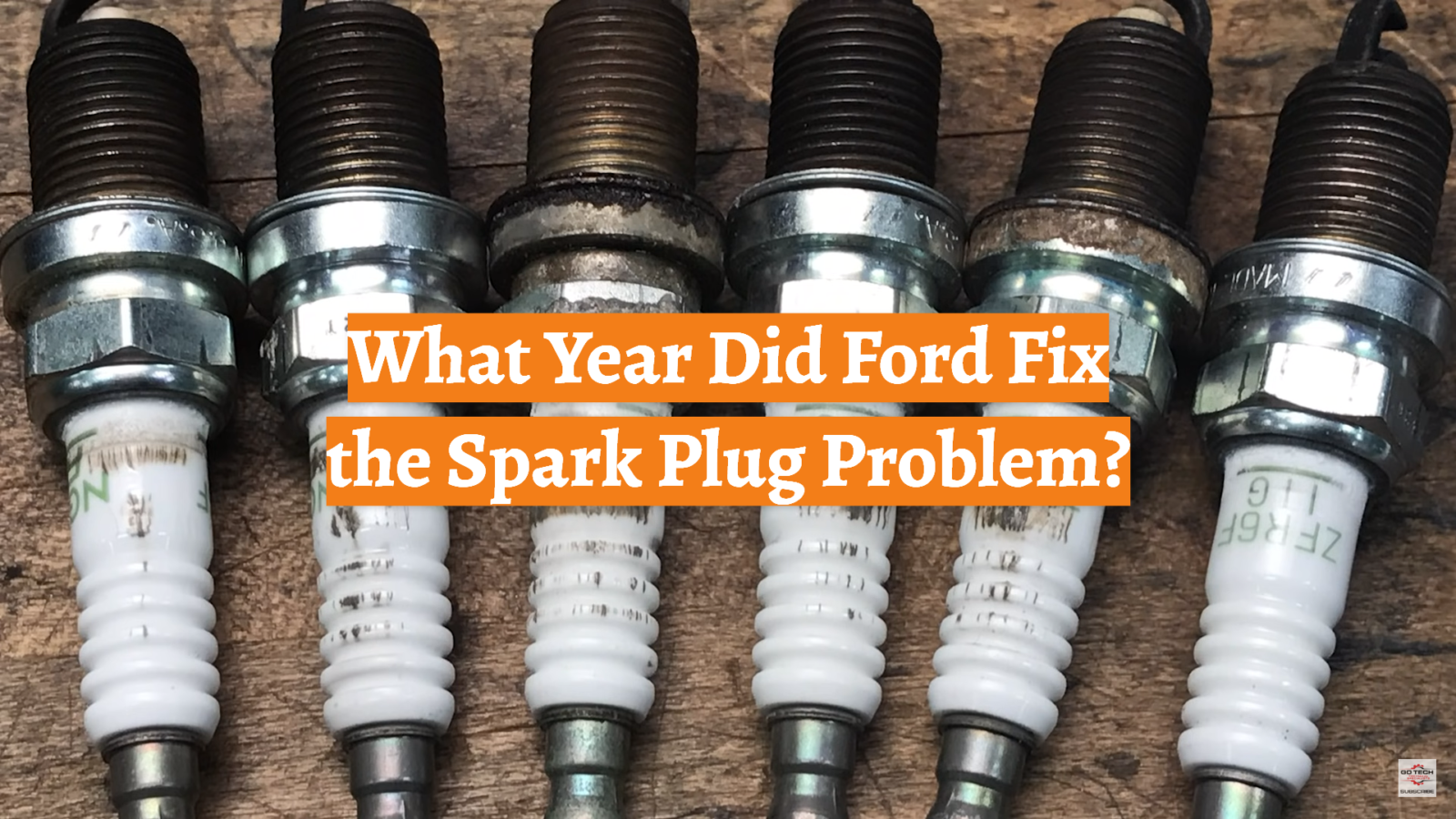




Leave a Review